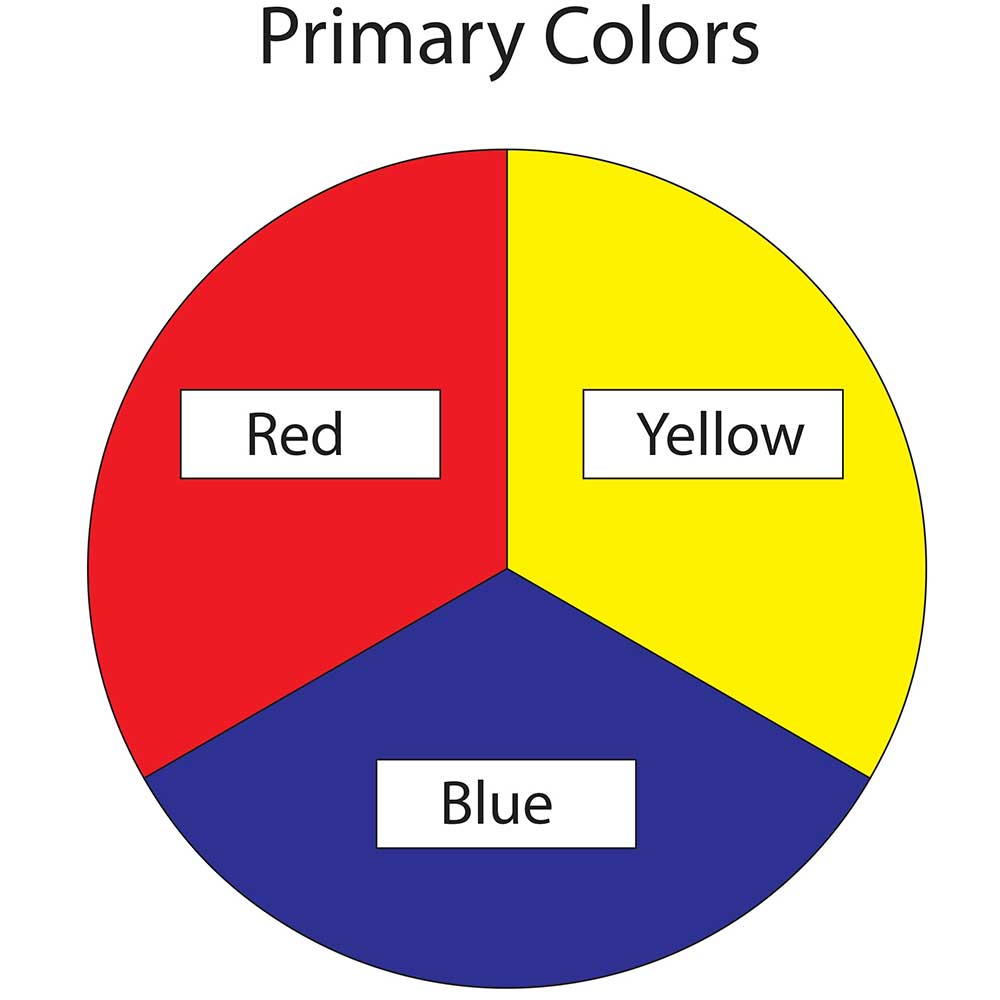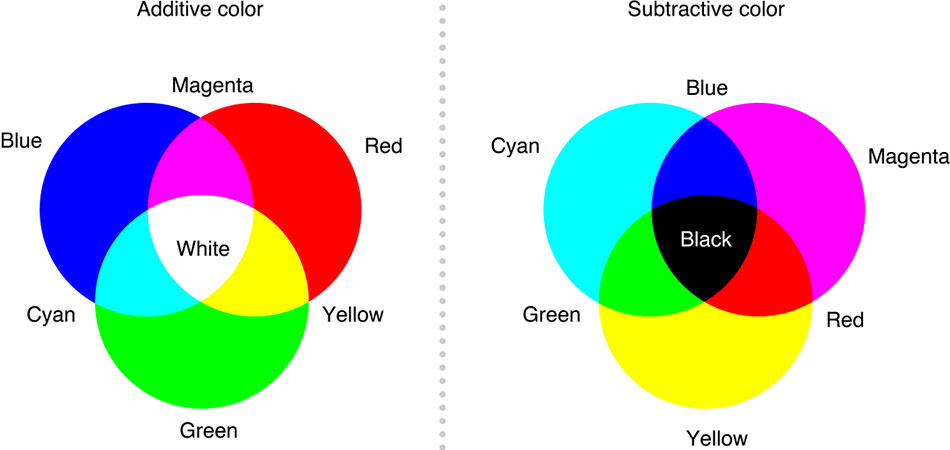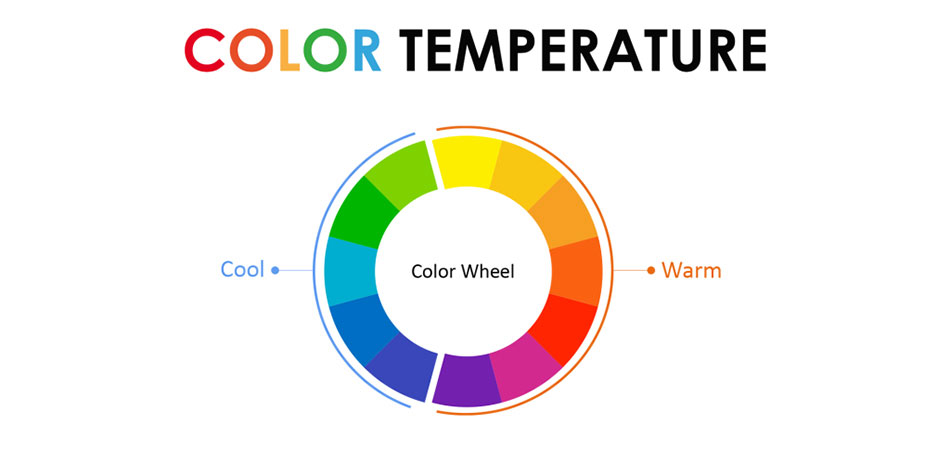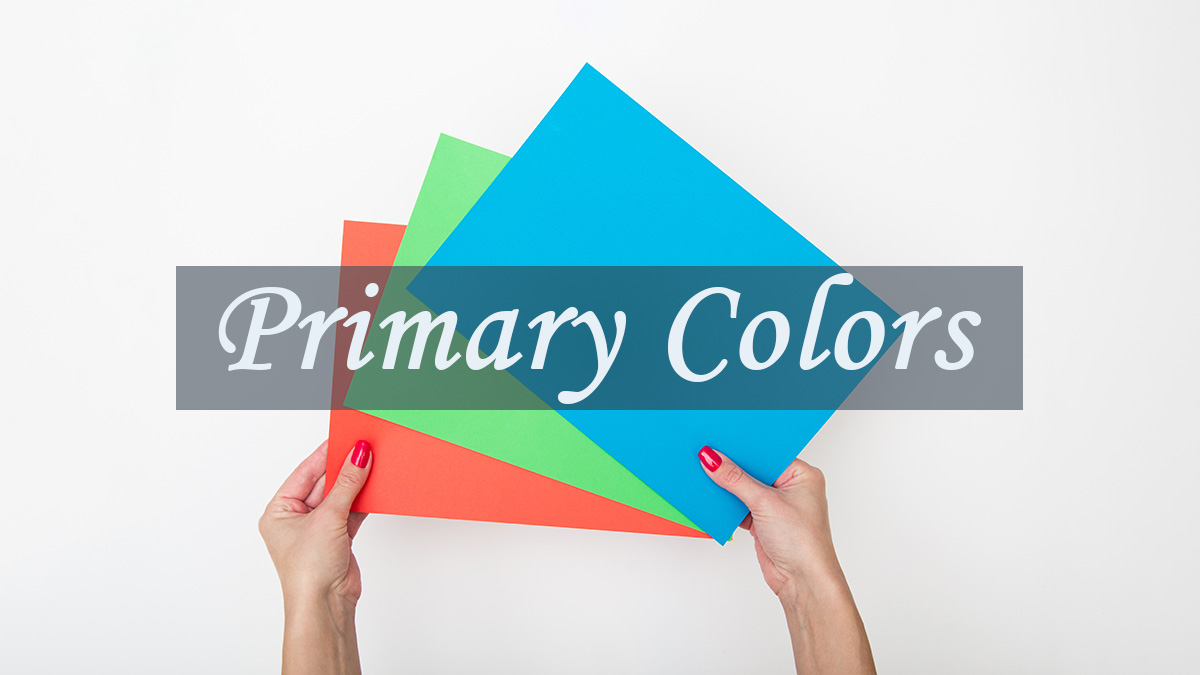Wherever we see various colors, there must be primary colors. We see not only primary but also secondary and tertiary colors from the environment. But a person will never distinguish between primary and secondary colors if he does not know in advance.
A creative person can undoubtedly see the various colors inside the color, which is never caught in the eye of ordinary people. So, in this article, I will tell you about different color theories. However, I will talk about primary colors the most because it is essential for graphic designers now especially those who work with photography.
Before going any further, we should know the definition of different types of colors.
What are Primary Colors?
By primary color, we usually mean red, yellow, and blue. It is exciting to notice that these three colors are not always the primary colors. If you only think about painting, you can talk about red, yellow, and blue as primary colors.
On the other hand, when you think of matter and light, the other three colors come to mind as primary colors, and they are red, green, and blue. So, yes, in this case, only the green color will replace yellow.
Surely you want to know why it’s like this? Let’s find out the scientific reason.

How Color Works?
Two different color theories are responsible for the difference in primary colors. One is for material and the other for colored light. However, two different types of color theories are known by two different names: additive and subtractive color systems.
According to scientists, the color of the object enters our eyes in two ways. One is when a light source falls directly into our eyes and the other one is reflected from an object. Stephen Westland, Professor of Color Science at the University of Leeds, named these two as Additive and Subtractive Color Mixing.
Scientists also say that our eyes have three types of light-sensitive receptor cones that are more sensitive to red, green, and blue light. As a result, those cones of eyes are more attracted to these colors.
After reading this article, what you know about primary colors may seem wrong. However, please read the article patiently as we will now go into a more in-depth discussion of this contradictory issue.

Color Mixing: Additive
Red, Green, and Blue (RGB) are the essential ingredients to make clear white color or light. Meanwhile, the additive color also blends to create a brighter light or color.
For example, suppose you put three different colored flashlights separately on a wall where the lights intersect each other. The area where the intersection between two round flashlights will be different and brighter than those two colors.
Again, where every color of RGB is mixed in the middle, a lightless white color is created. So, red, green, and blue can create new and brighter colors. Even they can make all other colors, including yellow. That is why they are called additive primary colors. Look at the below image to have a good understanding of Additive Color Mixing.
We usually see additive color mixing on the screens of light-emitting devices such as TVs, computers, and mobile phones.
Color Mixing: Subtractive
Subtractive color is produced when paints and inks are mixed. Non-emissive objects such as textiles, paints, plastics, etc., are related to this case. Such objects reflect light which is why we see them.
For example, white has all the wavelengths of color. So, if you add some yellow color to a white paper, it will absorb the blue color. So that place can be seen in yellow. In this way, you can see the other colors by adding all the primary colors.
It is not a color addition but a substitute for another color of white paper with a primary color. Put the primary colors that blend and reflect little, and low light are subtractive primary colors. Notice the image below to understand the case better.

What are Secondary and Tertiary Colors?
Except for primary colors, there are two other types of colors called secondary and tertiary colors. Typically, two primary colors combine to form one secondary color. So, for example, we can count orange, green, or purple as secondary colors.
But when a primary color is mixed with a secondary color, we find a new one called tertiary color. For example, when we mix white and red together, we get pink as a new element. Again, when we mix black and orange, we get brown as a tertiary color.
You may want to read more about primary colors. Have more ideas by reading RGB vs. sRGB colors here.
Color Wheel & Color Temperature
The color wheel is a circle to display all primary, secondary, and tertiary colors side by side. This color wheel is better known for its different color relationships and color temperatures in the same circle.
In a color wheel, one side is warm, and the other side has more cold colors. Thus, it determines the color temperature.
However, there are two types of the temperature of the same color. One is warm, and the other is cool.
Red, orange, yellow, and their variations are considered warm colors. Besides, cool colors include green, blue, purple, and their variations.

Conclusion
The term primary colors have a complex history. Many have changed its elements many times. The primary colors we get from the areas include philosophy, art history, color order systems, and scientific works. It also involves the physics of light perception.
However, art educators usually consider red, yellow, and blue as primary colors. Many say these three can mix all the possible colors, but there is no proof of that.
Red, yellow and blue are the only primaries that you cannot make by mixing two other colors.
The so-called forbidden colors are Red-green and yellow-blue as they are supposed to be impossible to see simultaneously.






